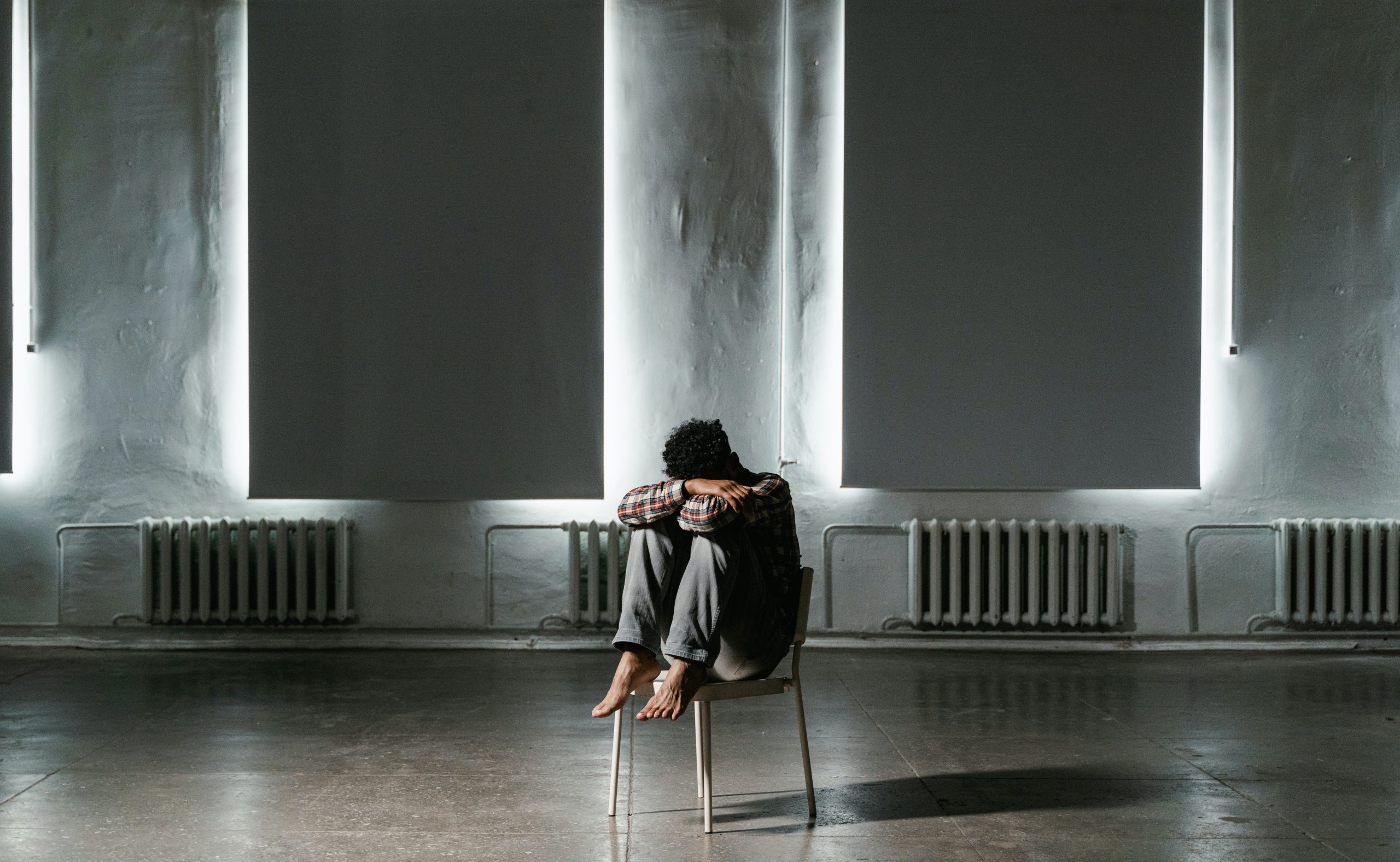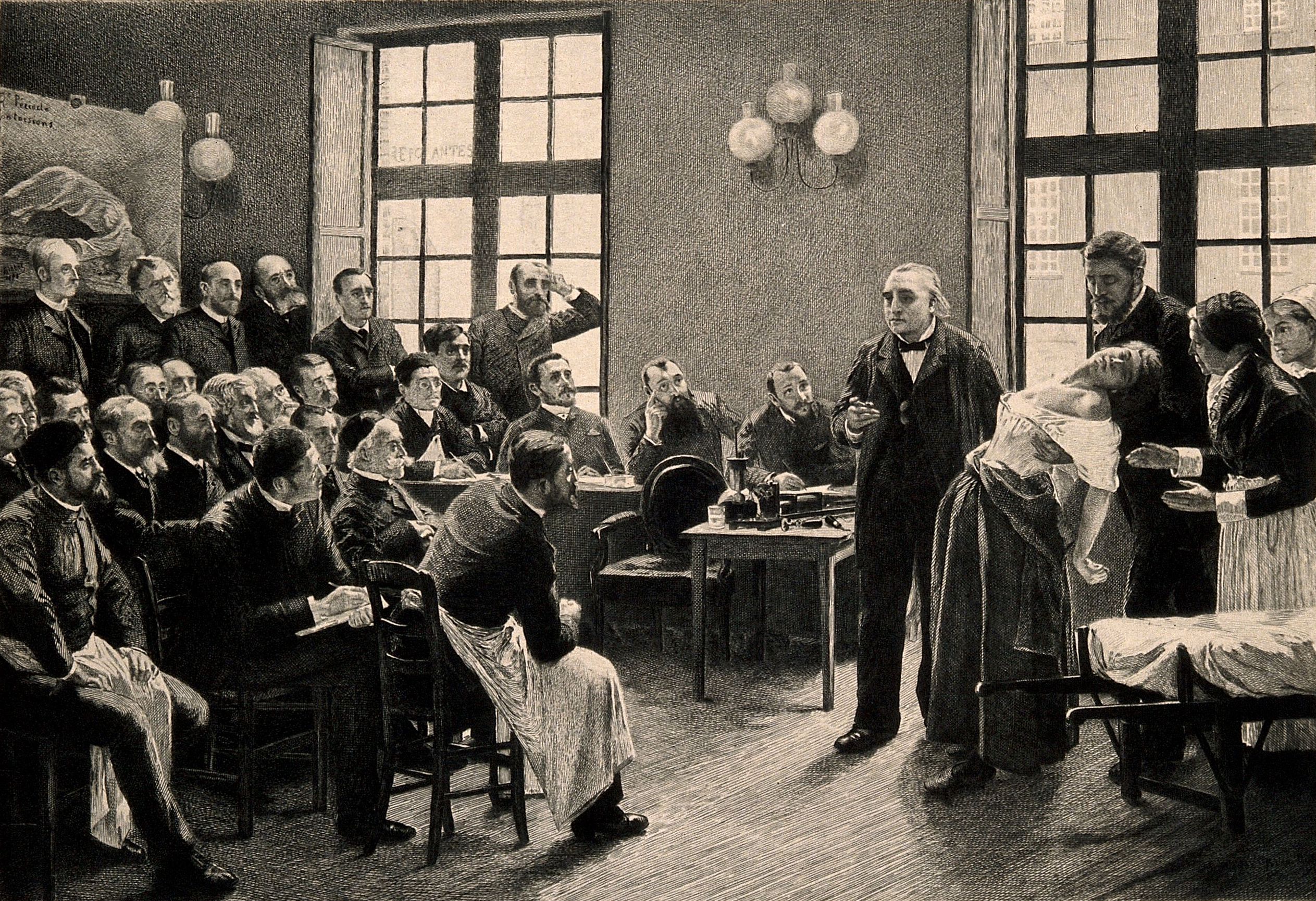Reading Lists
9 Books That Rethink Our Narratives About Health and Healing
Illness is complicated—and there's no template for recovery

In their Grammy-winning comeback song “Not Ready to Make Nice,” the (formerly Dixie) Chicks sing, “They say time heals everything but I’m still waiting.” The lyrics claim power in not healing, in refusing to shut up and let it go when those in power continue to benefit from that very expectation. The Chicks were reflecting on a rather specific experience—being threatened and silenced after they criticized George W. Bush—but the implicit questions they pose remain relevant. What happens when time doesn’t heal us the way we expect? Is healing possible in the terms we have laid out for it?
This reading list features eight books published in the last twenty years, plus one book published fifty years ago (it’s worth the trip back in time, though, I promise) that challenge traditional healing narratives. In the COVID-19 pandemic, discussions about health and healing remain all too relevant; many of us are realizing that illness permeates many of the spaces we exist within, and still more of us are reckoning with our vulnerability to illness and our (in)ability to recover. Memes like “nature is healing,” a phrase that has endured in our lexicon since it first appeared in March 2020, ironizes the premise that the world is restoring to order, as if “order” is possible.
But our acute interest in healing has not just emerged in the last two years. Indeed, many of these texts predate the pandemic, and yet already engage with the demands our desire for healing incur. Reading them helps us rethink our existing narratives about healing and recognize that if our arc of recovery deviates from the template, then at least we’re in good company.
The Lathe of Heaven by Ursula K. Le Guin
Even though it is now over fifty years old, Le Guin’s 1971 novel The Lathe of Heaven stands the test of time, featuring a ruthless, robust examination of the costs underlying the promise of endless advancement. George Orr desperately wants to be cured of his condition, one that prompts him to dream so vividly that his dreams begin to change the world around him, but when he gets caught attempting to self-treat with drugs, he is sent to dream specialist Dr. William Haber. Haber possesses a capitalist’s faith in progress, prioritizing ends over means, and is certain that, if he can just unlock the brain’s full power, anything is possible—even utopia. Reading The Lathe of Heaven teaches us that there are no shortcuts to paradise, or to finding a cure. With Orr’s habit of manifesting Dr. Haber’s instructions in unexpected ways, Le Guin indicates that salvation might lie in the unruliness of imagination.
The Undying by Anne Boyer
In her 2019 memoir, Anne Boyer expertly weaves together her experience with cancer and her research on the industries and images that have arisen around illness. In prose that is both accessible and personable, as well as neatly divided into digestible chapters, Boyer charts a conversation between everyone from Aristides to Audre Lorde to Siddhartha Mukherjee, and cites sources ranging from prestigious medical journals to YouTube comments and Wikipedia pages. Boyer not only invokes the traditions we have developed for speaking of illness, but also investigates them—and then initiates her own tradition. Contrary to convention, Boyer insists that pain doesn’t destroy language. It changes it. And with this very book, Boyer develops a new language, demonstrating how it might become possible to talk about illness more fully, in all of its intricacy and incongruity.
Maps of Our Spectacular Bodies by Maddie Mortimer
Maps of Our Spectacular Bodies might be one of my favorite books. Maddie Mortimer narrates her novel from the points-of-view of a cancer patient named Lia, her husband, her daughter, her mother, and her actual cancer. In entangling these perspectives, Mortimer depicts with both candor and compassion what happens to our bodies, our minds, and our communities when we are sick. Making cancer a narrator itself, with surprising insight into and even sympathy toward Lia, unsettles our narrative expectations of healing—an unsettling that is also mirrored in the novel’s inventive form. Throughout, words take the shape of spirals, doves, and fireworks; they are scattered, bolded, and boxed on the page. In giving illness a voice and a shape, Mortimer creatively addresses a central question in all illness narratives: what language effectively represents the experience of being ill? Maps of Our Spectacular Bodies shows us how unexpected, unconventional representations best capture not just a dense and difficult experience, but also the myriad ripples it makes on the lives it touches.
Men We Reaped by Jesmyn Ward
It has become a truism that “healing isn’t linear” a concept that Ward makes literal and also the subject of scrutiny in her 2013 memoir. Her reflections on the young Black men she has lost represents an utterly unique approach to narrating one’s own past, especially significant amid the current memoir boom. In alternating chapters, Ward moves forward in time from the 1970s and backward in time from 2004, desperate to make sense of the loss of her brother by approaching it from every angle. This structure prompts readers to see traces of the past in the present and of the present in the past. With heartbreaking honesty, Ward endeavors to show the tangled, traumatic reality of living with grief and of how healing can be strikingly nonlinear. Indeed, Ward reveals herself to be less healed than haunted, except in Ward’s framing, the haunting is itself a privilege, a reminder of her loved ones’ enduring presence. The memoir functions as an ode to these men’s lives, a critique of the systems that endangered them, and a testament to storytelling for its power to sustain connections.
The Year of Magical Thinking by Joan Didion
Joan Didion’s The Year of Magical Thinking deserves all of the acclaim it receives—it’s really that good. In her typically masterful way, Didion narrates the year following her husband’s sudden death, a year during which her daughter also had two dire health scares. Another memoir that defies any sort of orderly timeline, this book brings its readers into the worldview of the grieving. In Didion’s desperate attempts to determine a cause and a chronology of both her husband’s and her daughter’s illnesses, we see both the desire to predict any and all vulnerabilities and its impossibility. In her search to locate her grief in myths, literary traditions, and her own memories, we see Didion come to terms with all that loss entails, including the stories that will go untold and the questions that will go forever unanswered. Didion opens her wounds for her readers, sharing her worst moments in astoundingly lucid writing that offers an intimate look at what it takes to live on.
Apex Hides the Hurt by Colson Whitehead
This 2006 novel from Colson Whitehead is not always considered among his best, but it’s my favorite and for good reasons! The novel features a plot so odd it feels like a fable: a nomenclature consultant has been hired to rename a town in order to settle a dispute amongst the community leaders, who respectively represent old money gone stale, new money on the hunt for the next shiny thing, and a local political dynasty. Given this plot, it is no surprise that the novel considers the particular rites and references involved in any name. But it also dwells with profound effect on what happens when we paper over our wounds instead of confronting and caring for them. Like many of Whitehead’s novels, Apex Hides the Hurt has no interest in redemption. It tackles the long-term consequences of the structures, from racism to consumerism, that have harmed its characters, and traverses the uneasy path of navigating a world with our injuries visible and still bleeding.
The Lesser Bohemians by Eimear McBride
Eimear McBride’s 2016 novel Lesser Bohemians takes some getting used to; her distinctive writing style omits most of her sentence’s subjects. That said, adjusting to McBride’s extraordinary syntax is worth the effort, as it fosters its own rhythm and, perhaps more notably, the grammatical fragments neatly reflect the narrator’s fragmented experience as she begins university in England, as well as a complicated love affair. A novel that understands love to be as fragile as it is forceful, The Lesser Bohemians depicts a couple learning to care and be cared for—even after extensive traumatic experiences. As the characters speak of, and, at times, become subsumed by their pasts, they come to recognize the ways in which they are scarred and are brought to wonder if they can ever build a future together. McBride depicts in beautiful form the gradual realization that imperfect lives, bodies, and loves need not become perfect to be precious.
You Exist Too Much by Zaina Arafat
Zaina Arafat’s debut novel gives us a queer Palestinian protagonist who craves belonging, but continually destroys, or doubts, her chances for it. You Exist Too Much is a story of her relationships—the romantic entanglements she stumbles into, the friendships she refuses to form, and the passionate affairs she can’t stop visualizing. In her quest for healthy intimacy, the unnamed protagonist begrudgingly foots the bill for a rehab center called The Ledge, which is the most recent in a series of treatment attempts for her eating disorder and supposed “love addiction.” Her desire to fixherself ricochets through the glimpses we get of her life, but the novel provides no easy answers or endings. Instead, Arafat asks her protagonist and her readers to occupy the murky but meaningful connections that demand and define so much of us.
A History of Present Illness by Anna DeForest
In meditative prose that can be disconcerting in its frankness, DeForest’s debut unpacks the toll that the business of life and death takes on its practitioners. In short chapters titled after segments of the medical chart, DeForest details a doctor’s perspective on the inner workings of the body and of the hospital. Her narrator provides scathing illustrations of her colleagues’ disregard—a function of their training, she admits—alongside searching depictions of her patients. As the narrator points out, everyone is eventually a patient—a framing that reminds us how we are implicated in the system she depicts, in which our lives and stories often don’t matter to those caring for us. The novel ultimately asks its readers a difficult question: how can we reanimate the significance we attach to our own and others’ bodies? A History of Present Illness might not have answers, but its questions linger.








